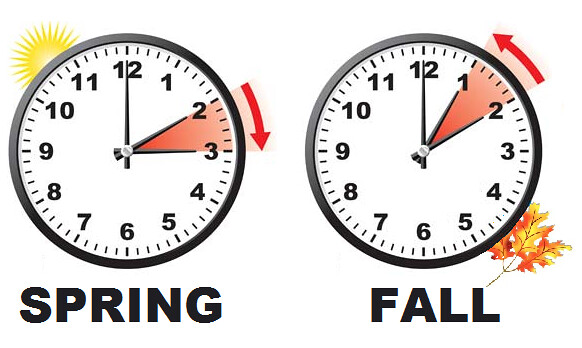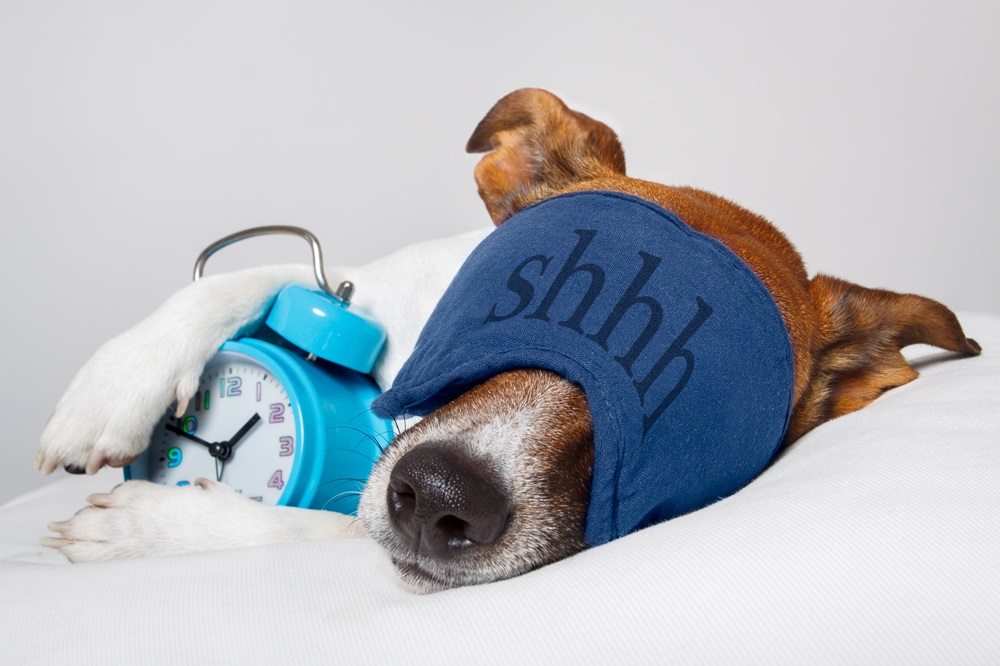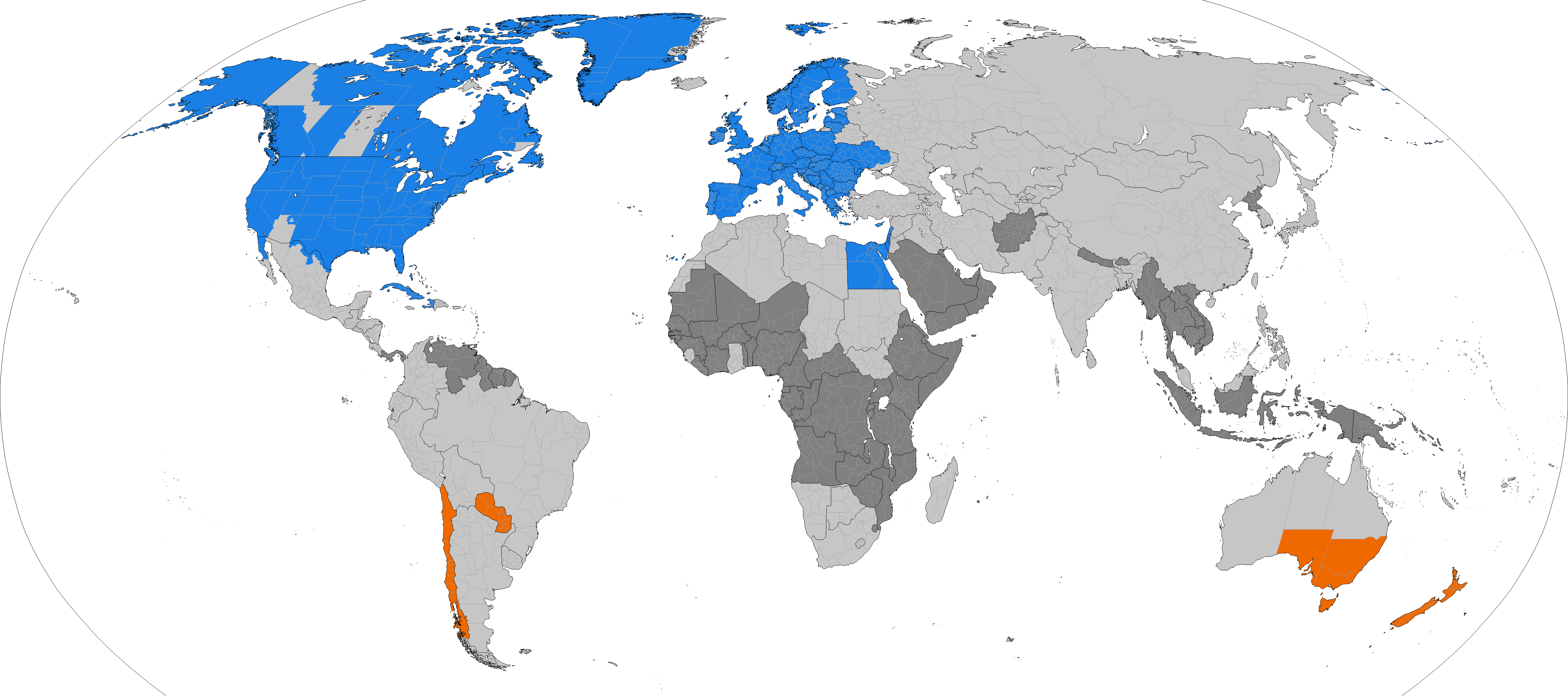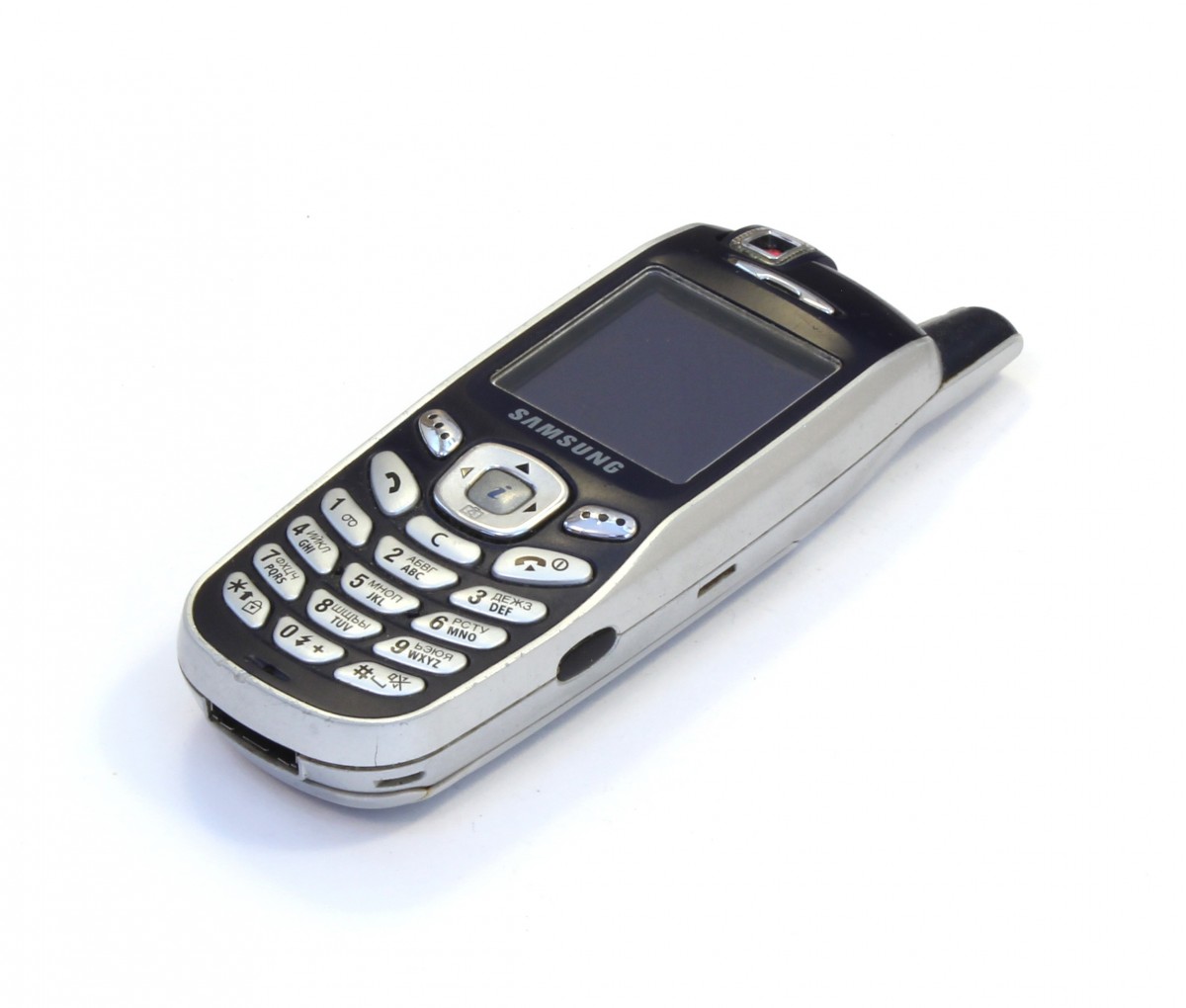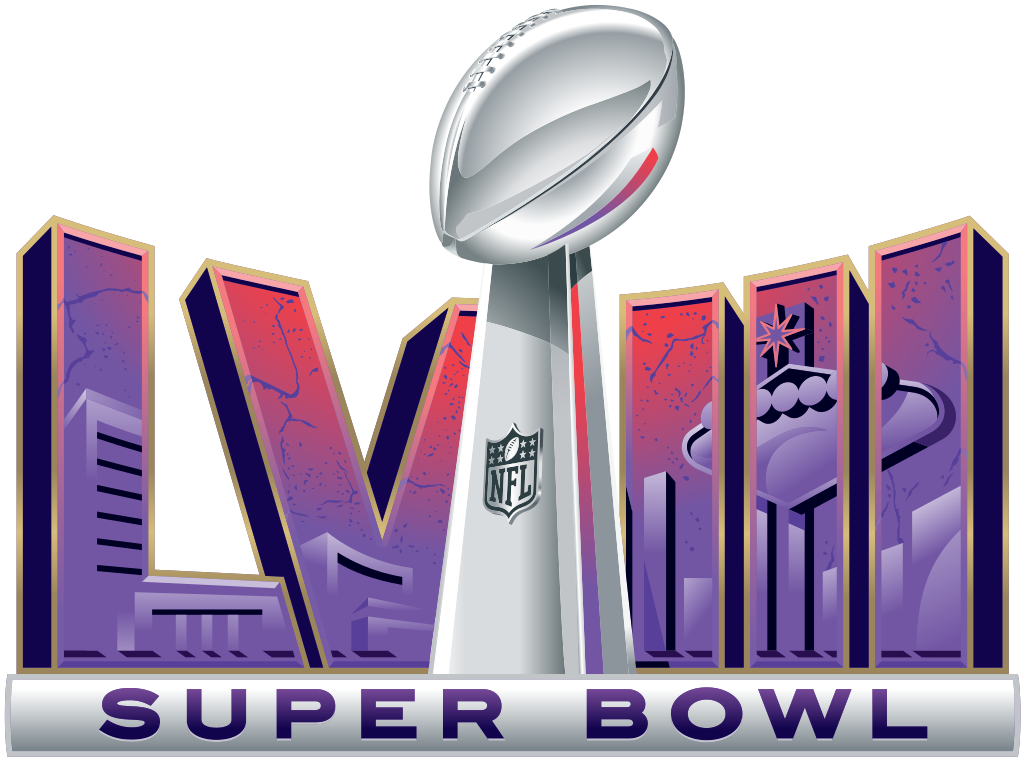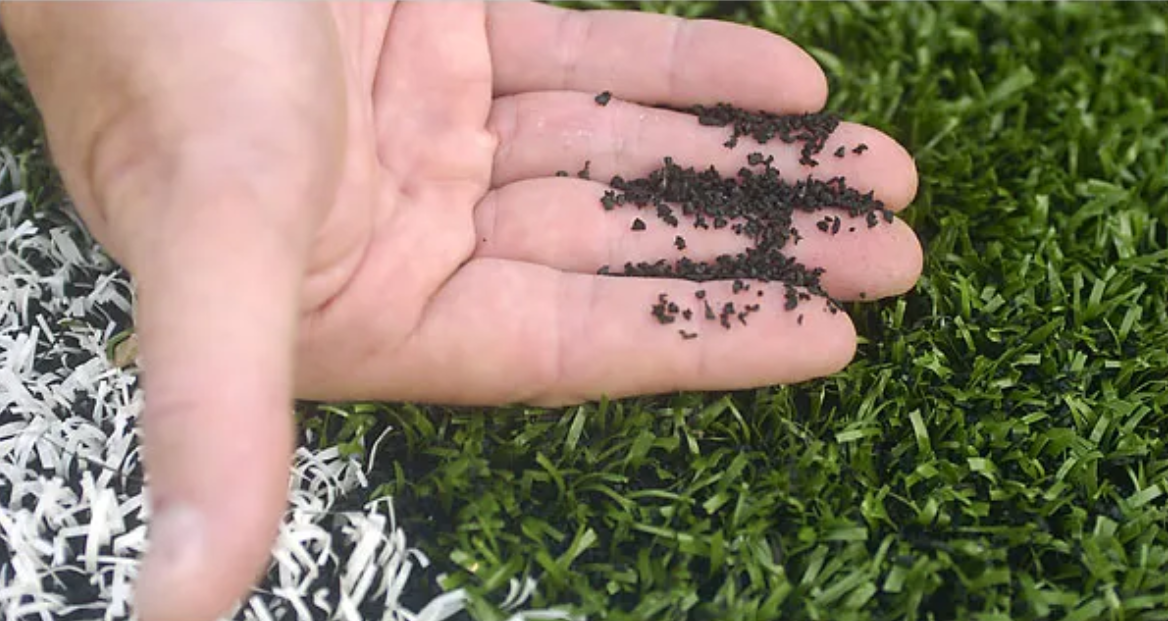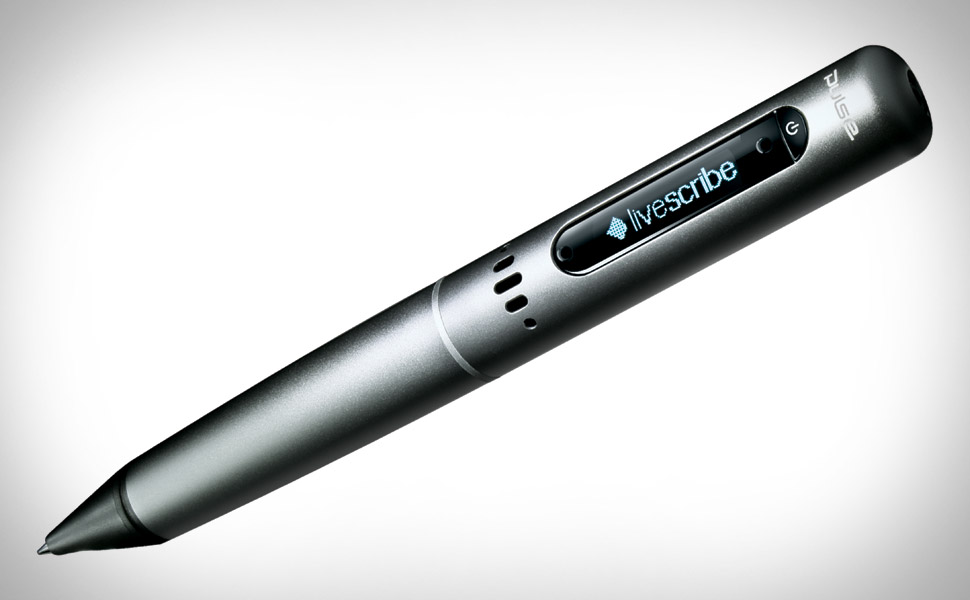“Target market”, “SWOT”, “Unique Selling Proposition”, “Influencer” and whatever comes next – if you’re in the field of advertising, marketing, or market research, you best hop on the bandwagon and learn your client’s love language.
While promotional fields of study have been around longer than you probably realized, the popular words used to describe the practice change over time. Time moves forward. Culture changes. People age out of the business as new ideas from younger professionals enter into the ring. Whatever you want to point to as the reason, the fact is: change happens.
Over time, we have learned to use the terms our clients are using. We also are quick to ask them to describe and define what their words mean to them. The latter is the key. The different perspectives are vast.
Brand positioning? Brand identity? Graphic identity? Brand image? Brand Building? Brand repositioning? So many variations of intent. As a result, we move forward with what the client needs to move forward, all the while using their marketing love language. When in Rome.
“Full service or DIY”, “user experience or usability”, “iterative learning or agile research”, “unmet needs or voice of the customer” – the terms are definitive to those using them, and it’s up to us to be curious, fluid, and purposeful.
What marketing terms have populated your world and why?



